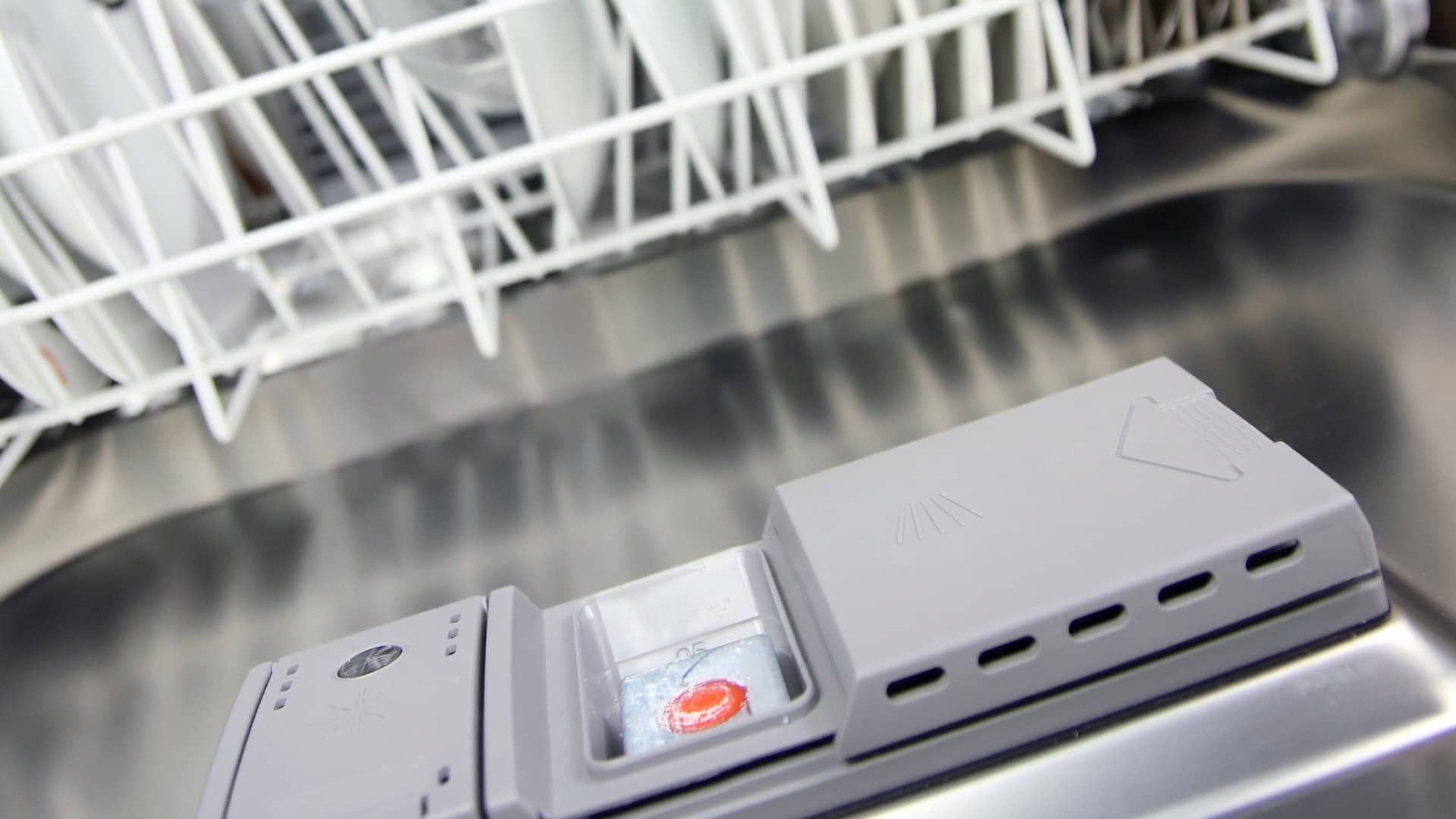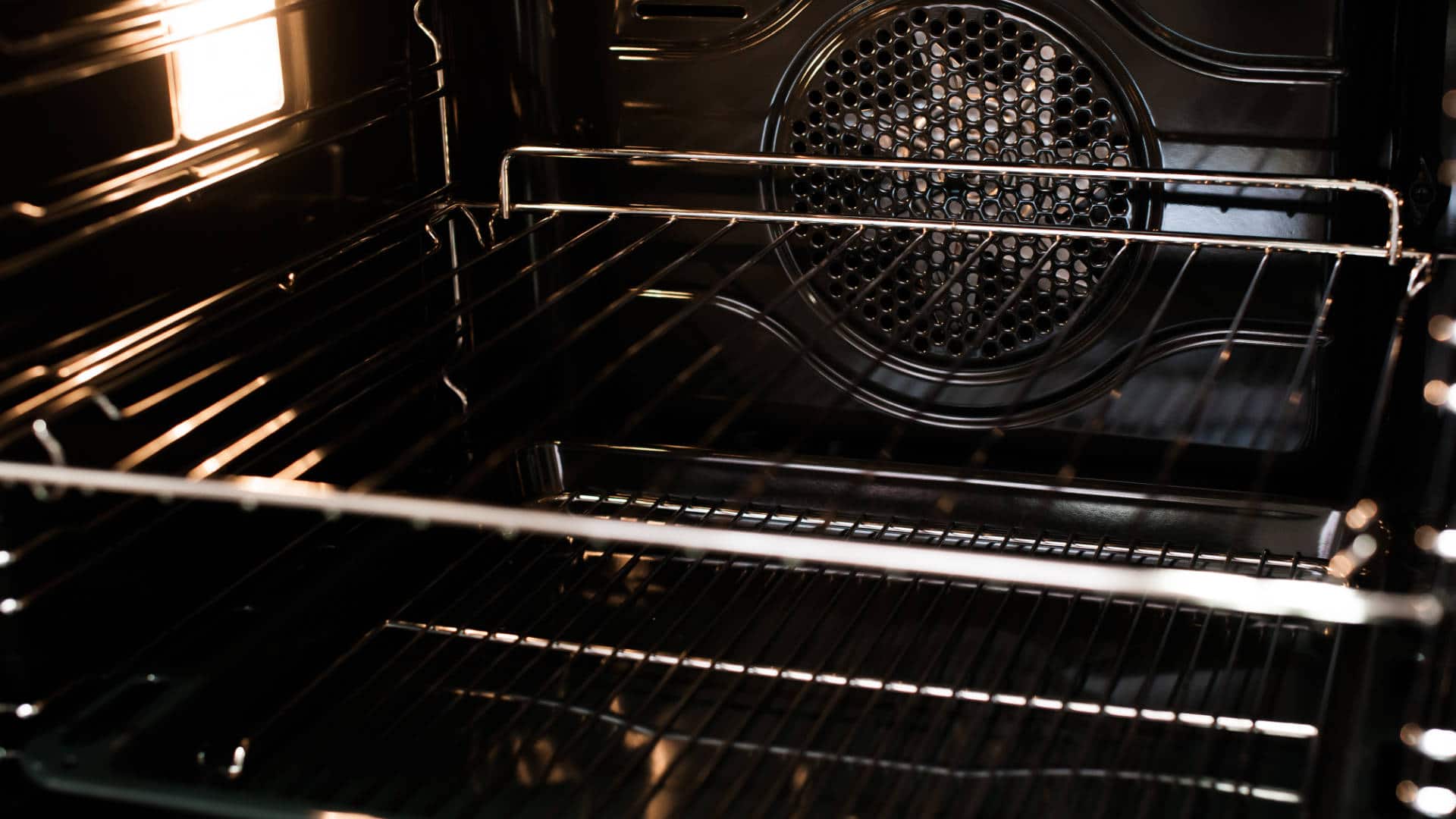
If your oven’s self-cleaning function is malfunctioning, you may end up spending a lot of time cleaning it out by hand.
There are a few reasons why the self-cleaning function may not be working. Use this guide to diagnose the source of the problem and find out what you can do about it.
The following models of Bosch oven are covered by this guide:
C272UB
C272UW
CD365XS
HGS7052UC/06
HGS7132UC/04
HGS7132UC/06
HGS7152UC/04
HGS7152UC/06
HGS7282UC/02
HGS7282UC/03
HGS7282UC/06
PCS484GD
PCS484GL
PDR486GLZS
PRDS484GD
PRDS484GL
PRDS486GDL
PRG484GDUS
PRG484GLUS
X272XB
X272XS
Make Sure the Door Closes
An oven door that doesn’t quite close all the way will leak heat from the oven, causing your food to cook more slowly.
It will also prevent the self-cleaning function from turning on. The oven heats up to about 900°F during a self-cleaning cycle, so it is important that this heat is contained.
To achieve this, Bosch ovens use a switch that checks whether the oven door is completely closed. If it is not, you won’t be able to turn on the self-cleaning function.
Turn on your oven and wait a few minutes before placing your hands in front of the door. Move your hands around all of the edges of the door. If you can feel some hot air coming out, the door is not closed correctly. The following fixes may help you to get it closed again.
Remove Objects Blocking Hinges
Food or other debris may be stuck in one of the hinges, preventing it from closing correctly. Open the oven door and check the hinges connecting the oven door to the oven. Use a washcloth to clean in and around the hinges and remove anything that is stuck inside.
Restore the Hinge Springs
If your oven door closes but is a little loose, try this easy trick to restore some tension in the hinge springs:
- Open the oven door.
- Put a washcloth on each hinge.
- Close the door slowly. The hinges should shut on the washcloths, causing resistance. Continue pushing the door into the closed position.
- Open the door and remove the washcloths.
- Check to see if the oven door now closes correctly. Usually you will need to repeat this process two or three times.
Check the Door Hinge Locks
The hinges have manual locks that can prevent the door from closing correctly. Open the oven door and check for a lever on each hinge. This lever is in the unlocked position when it is pulled toward you and in the locked position when it is pushed away from you. Make sure that both levers are pushed completely away from you in the locked position.
Rehang the Oven Door
Even if both locks are closed, the oven door may not close properly if it is attached crookedly to the oven. The easiest way to fix this problem is to take the oven door off completely and reattach it.
Here’s how to do this:
- Open the oven door.
- Pull the levers on both door hinges toward you so that they reach the unlocked position.
- Grab the oven door with two hands and begin to close it. When you feel resistance, close the door a little more and pull it up and away from the oven to remove it.
- To reattach the oven door, ensure the hinge levers are unlocked and insert the hinges into their slots carefully. Then, close the locking levers and shut the door.
Diagnose the Defective Component
If the problem is not the oven door, it could be any number of electrical components that are faulty. If componentry is defective, the self-cleaning mechanism will not be able to start. However, replacing electrical components inside your oven is best left to appliance repair professionals.
Before you call in the experts, you can easily investigate several of these components and determine what the faulty component is. This way you can be more specific when talking to the repair technician or order replacement components yourself to save time and money on your repair bill.
Interpret Error Codes
If your oven’s digital display is showing an error code, this is the easiest way to diagnose the fault. Quote the error code and fault when contacting an appliance repair professional.
The following error codes on Bosch ovens can stop the self-cleaning program from starting:
- ER1 – the temperature sensor is faulty.
- ER6 – the door lock is defective.
- F31 – the temperature sensor is not giving a correct reading. The problem may be solved by cleaning the temperature sensor. This is located in the back wall of the oven at the top left. Clean it with a damp cloth.
- F41 – the switches that check that the oven door hinges are closed are faulty.
- F43 – the motorized door hinge lock is faulty.
Check for Damaged Wiring
The wiring in the back of your oven is often exposed to high temperatures and can degrade over time. If it does, it can cause short circuits that can prevent the self-cleaning function from starting.
Here’s how to check the wiring:
- Turn your oven off at the wall.
- Pull your oven out from the wall so you can access the back.
- Use a Phillips-head screwdriver to remove all screws holding the back panel on.
- Remove the back panel.
- Visually inspect for damaged wiring. Look for signs of melted wire housing or wires that have become detached from the oven at one end.
- Replace the back panel and use the screwdriver to put the screws back on.
- Put your oven back in place and switch it back on at the wall.
Diagnose a Faulty Control Board
The oven control board controls electrical processes inside the oven. A faulty control board is a common reason that your self-cleaning function won’t start.
Check for the following signs of a faulty control board:
- The clock and timer won’t function.
- The oven does not heat to the correct temperature.
- The bottom element works but not the top grill element.
This guide gives advice about what to do when your Bosch oven’s self-cleaning function won’t start. Although you may experience success with one of the fixes described above, most of the time the best way to fix this problem is to contact a qualified appliance repair technician.
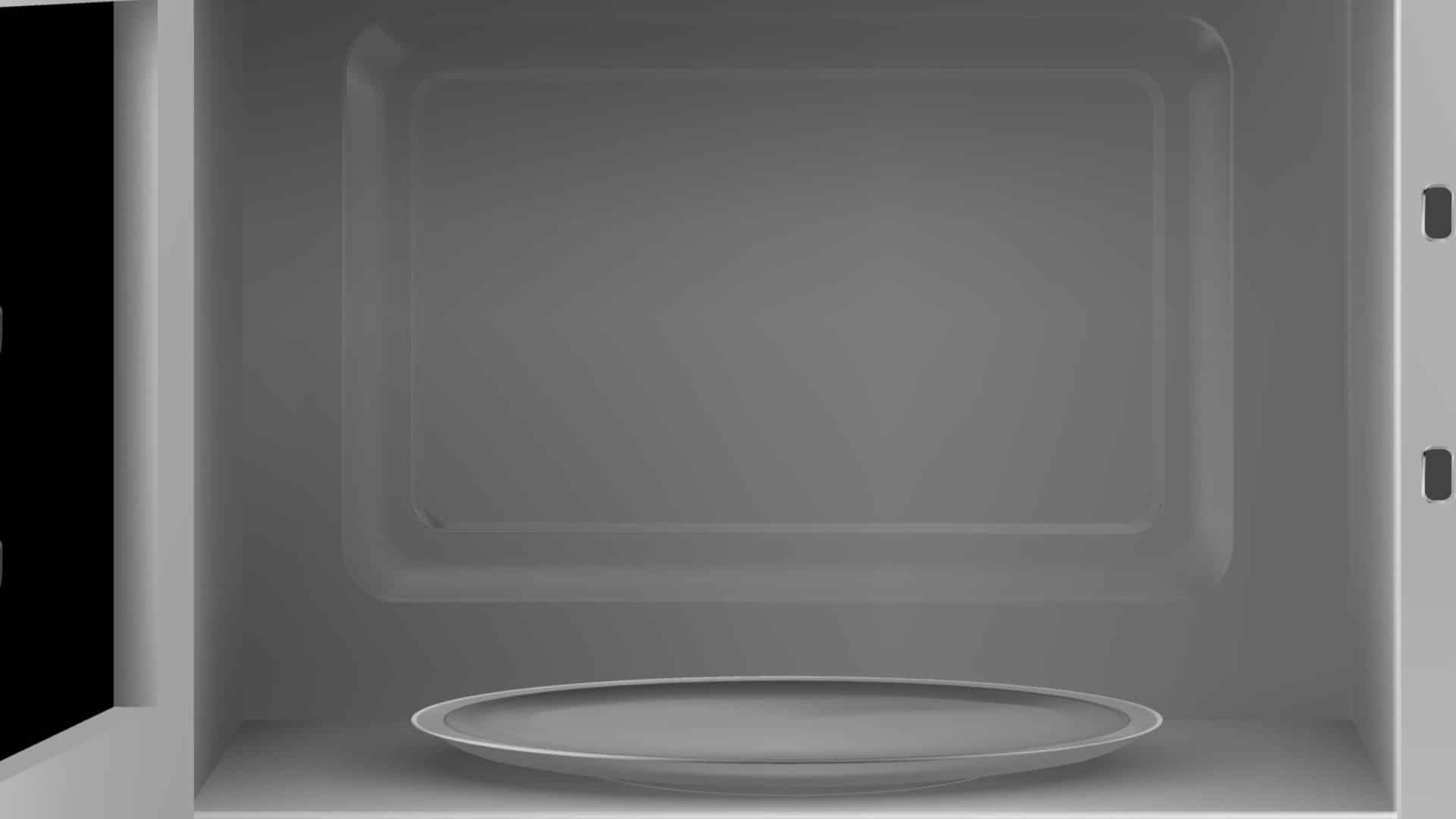
How to Fix a Microwave Door That Is Loose or Broken
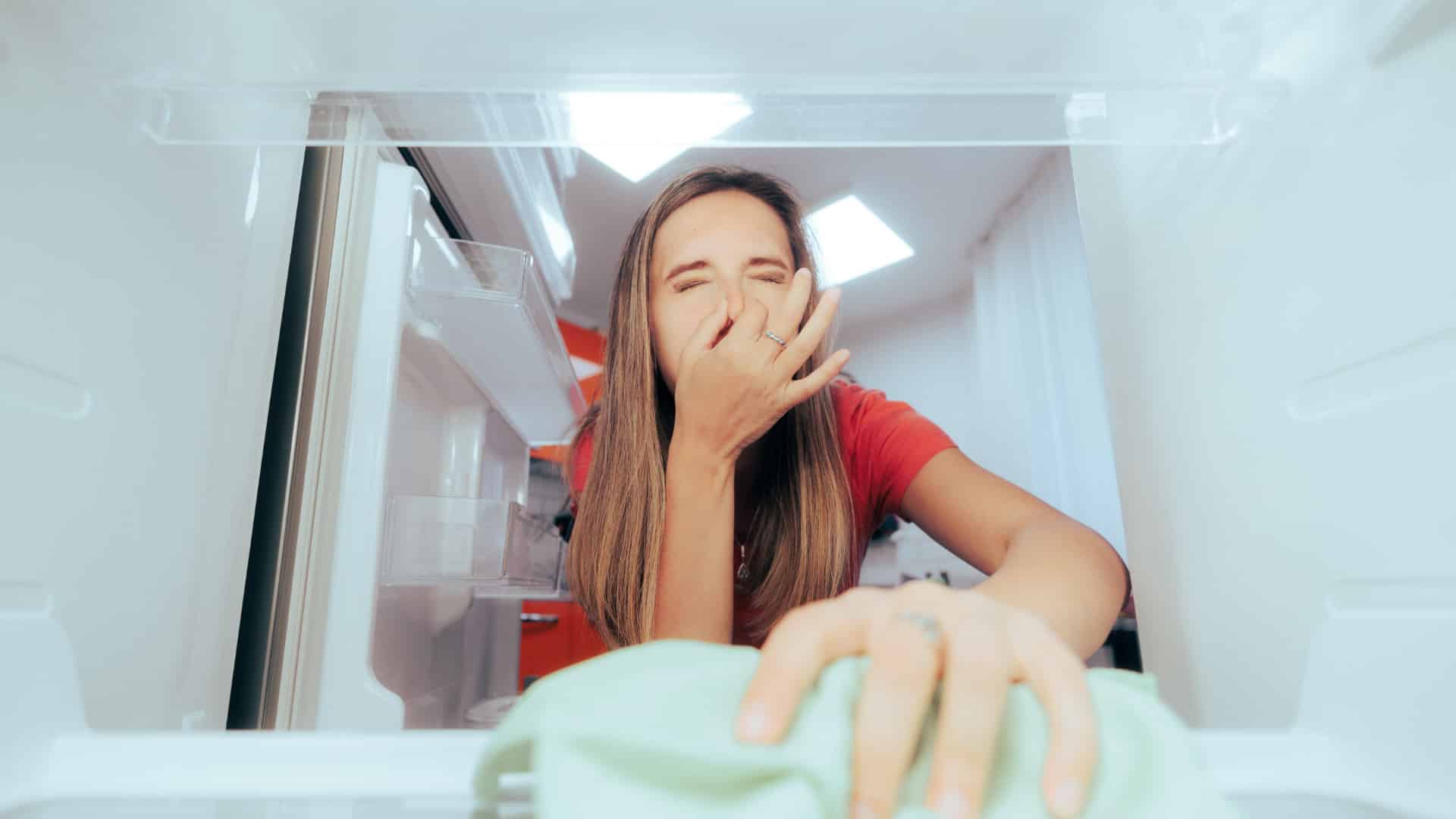
How to Clean a Smelly Refrigerator Quickly
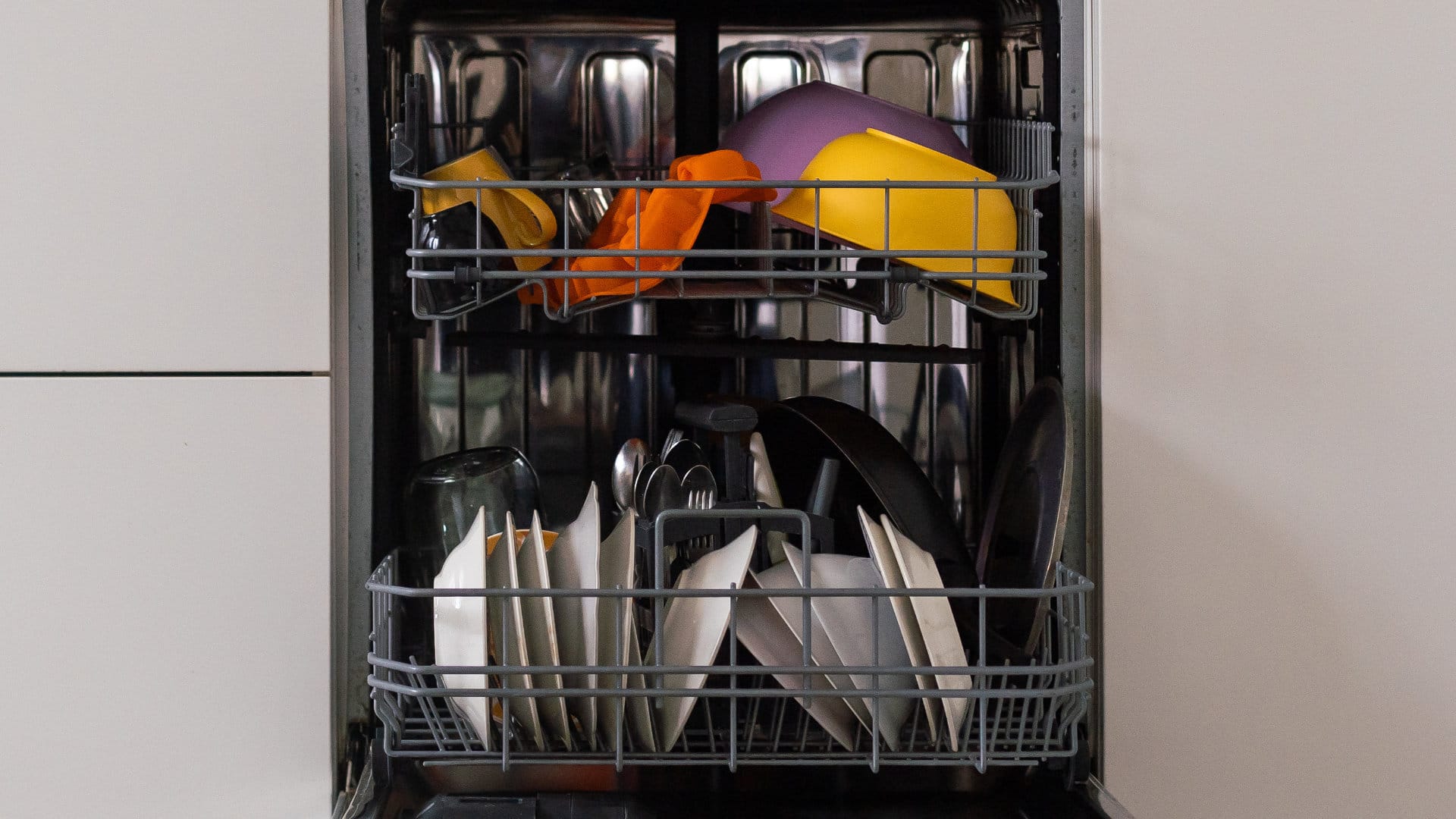
Troubleshooting LG Dishwasher OE Error Code: Causes and Solutions
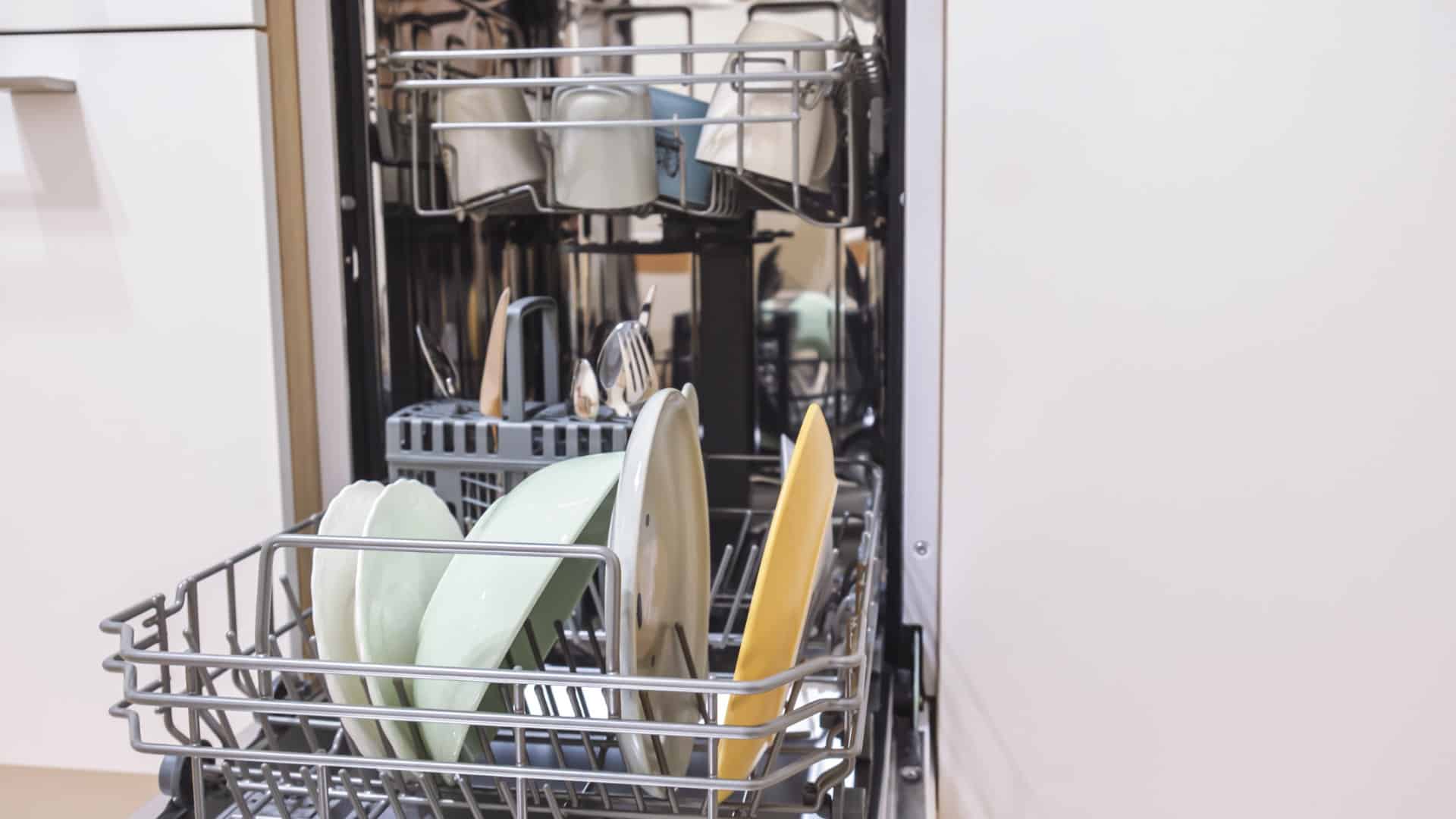
How to Fix an Amana Dishwasher Not Drying
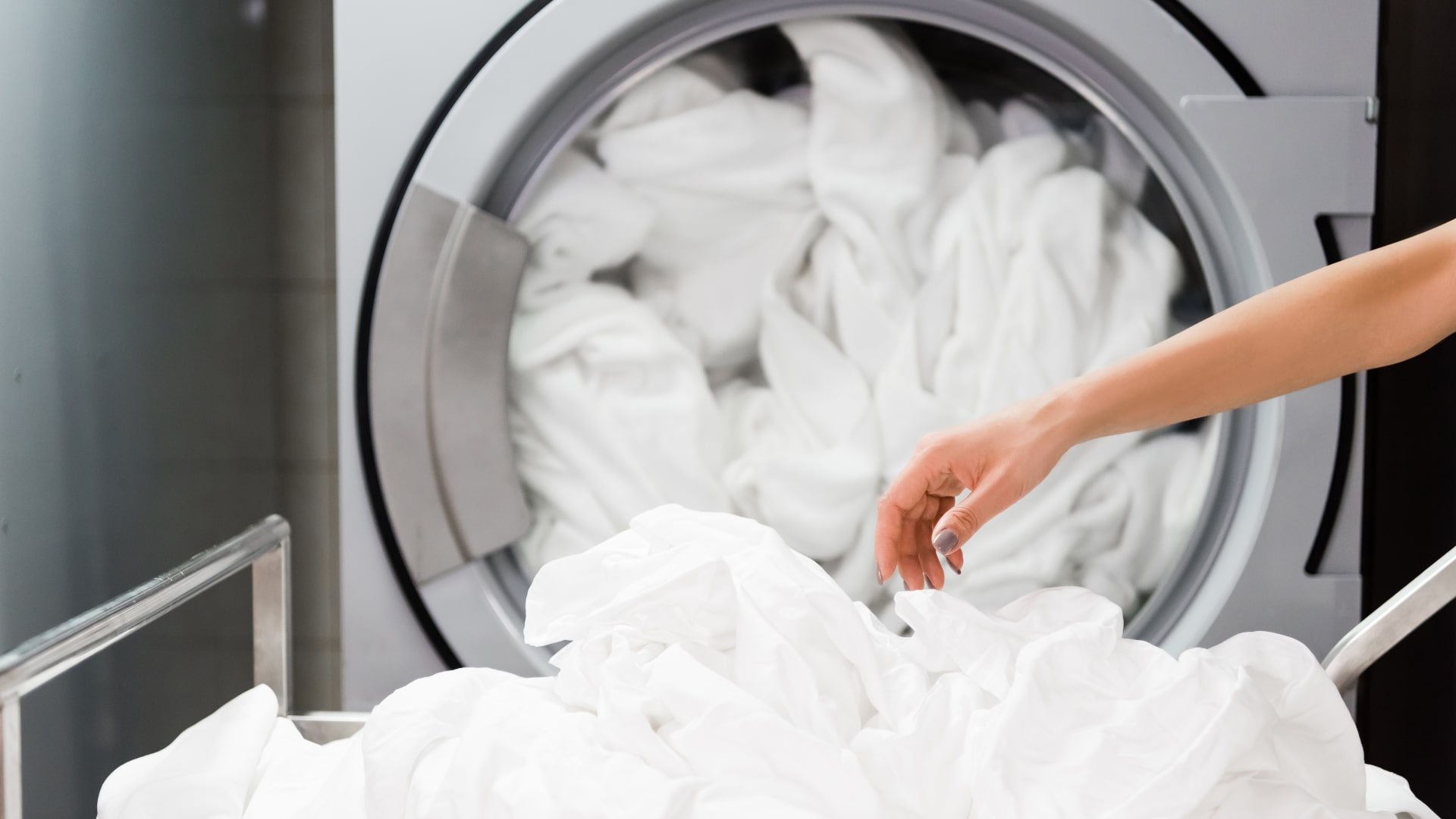
How to Dry Bedsheets in the Dryer
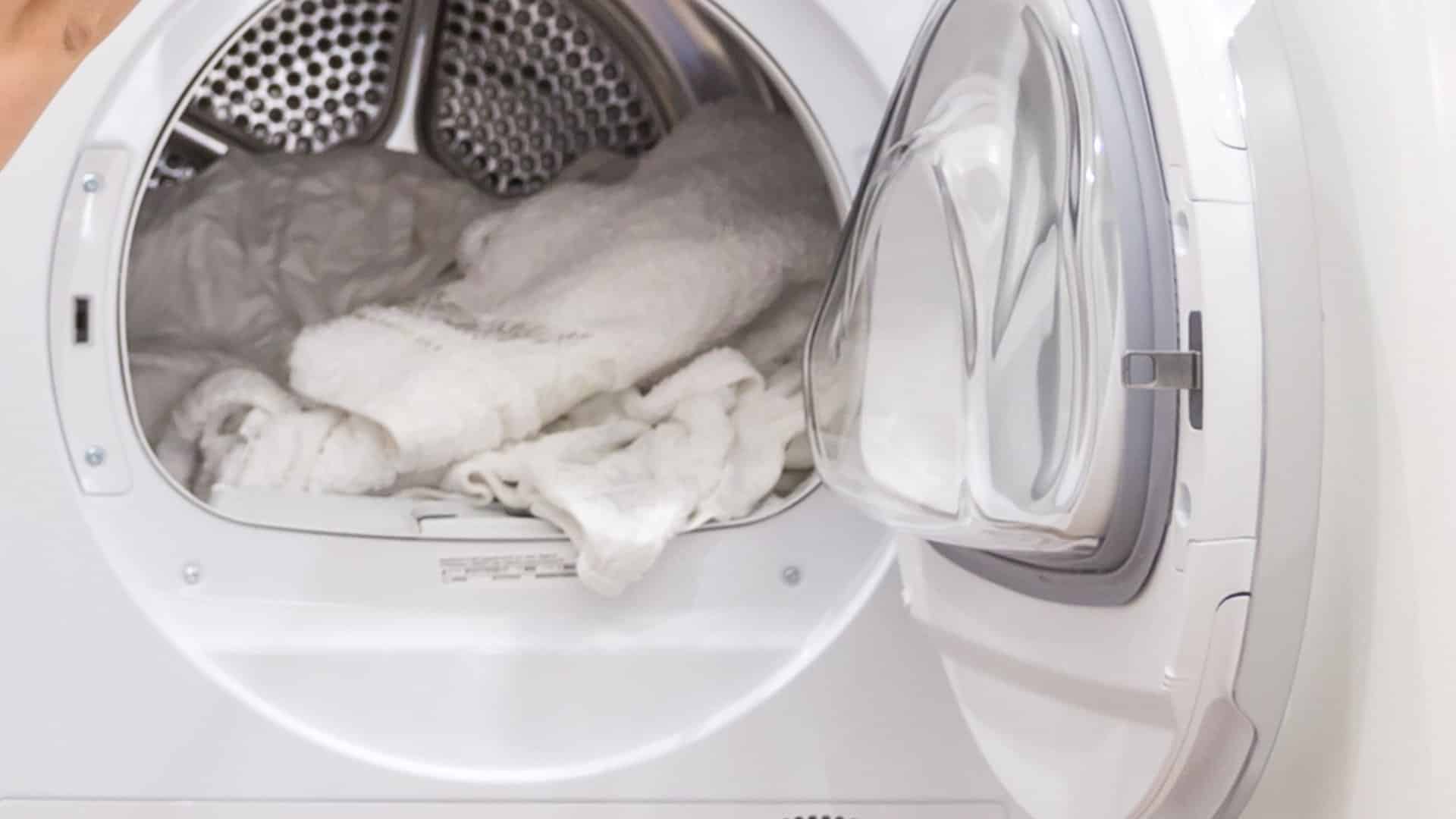
Dryer Won’t Start? Common Reasons And Solutions
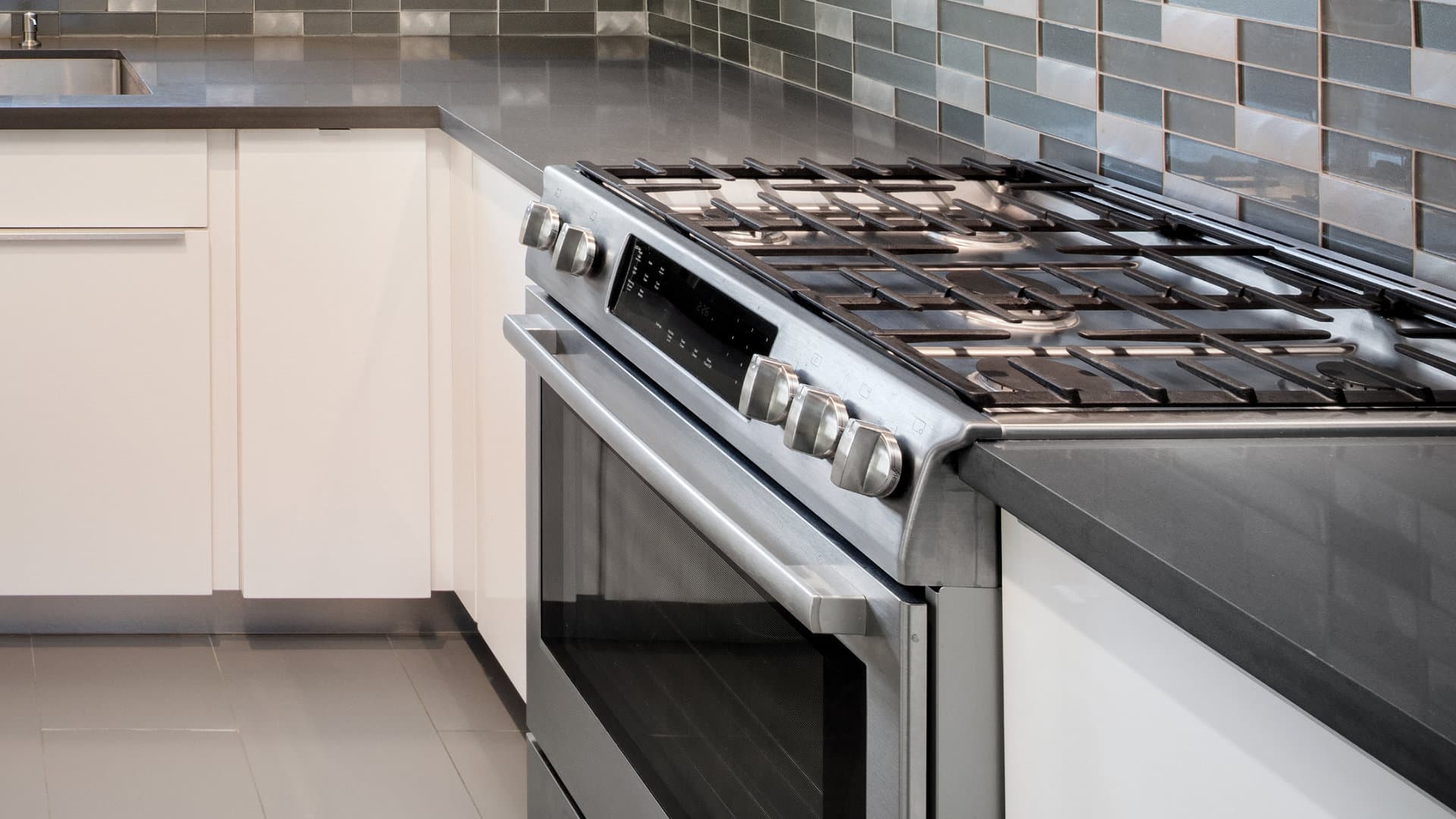
5 Dangers of Self-Cleaning Ovens
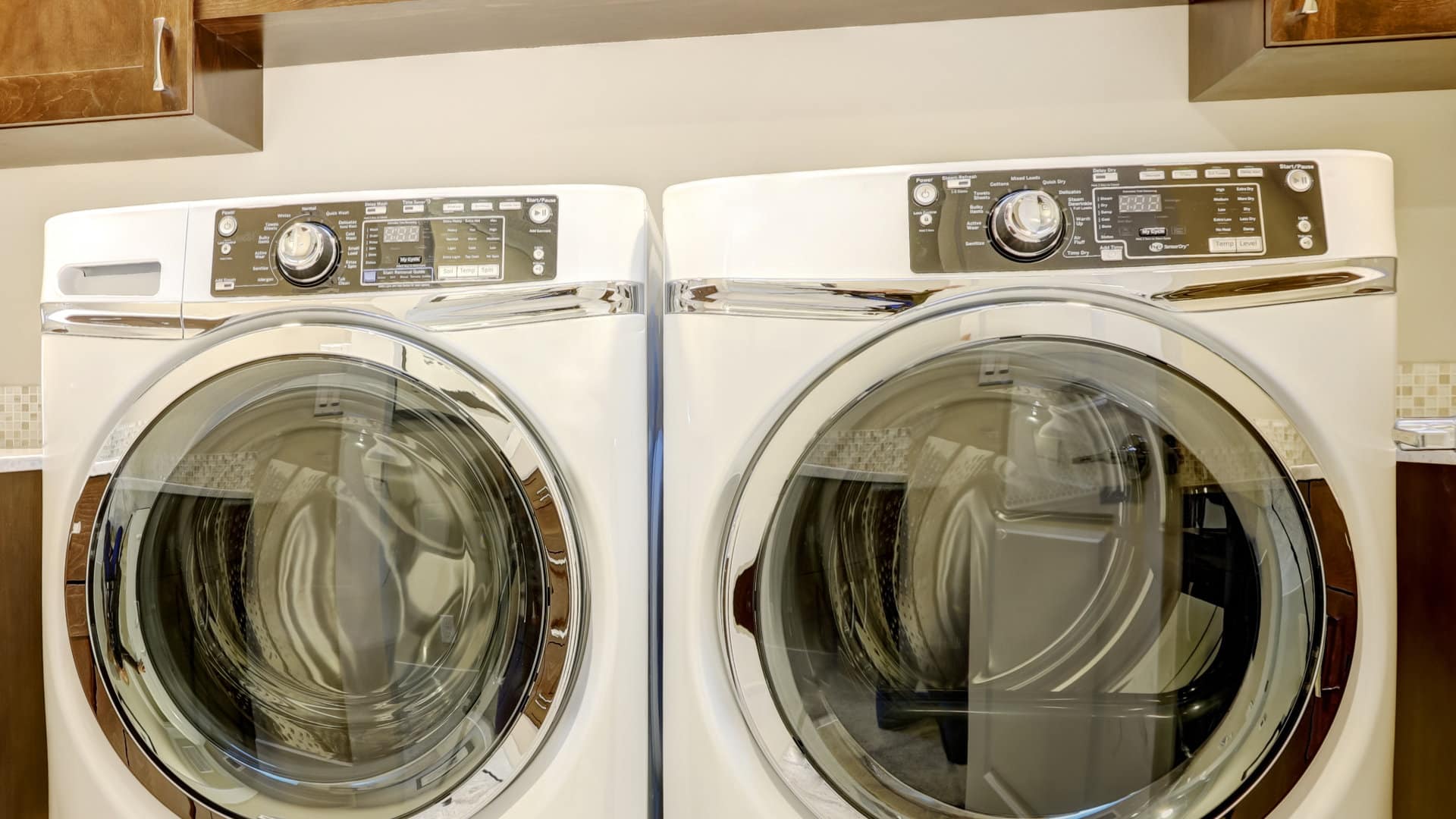
How to Replace a Washing Machine Faucet
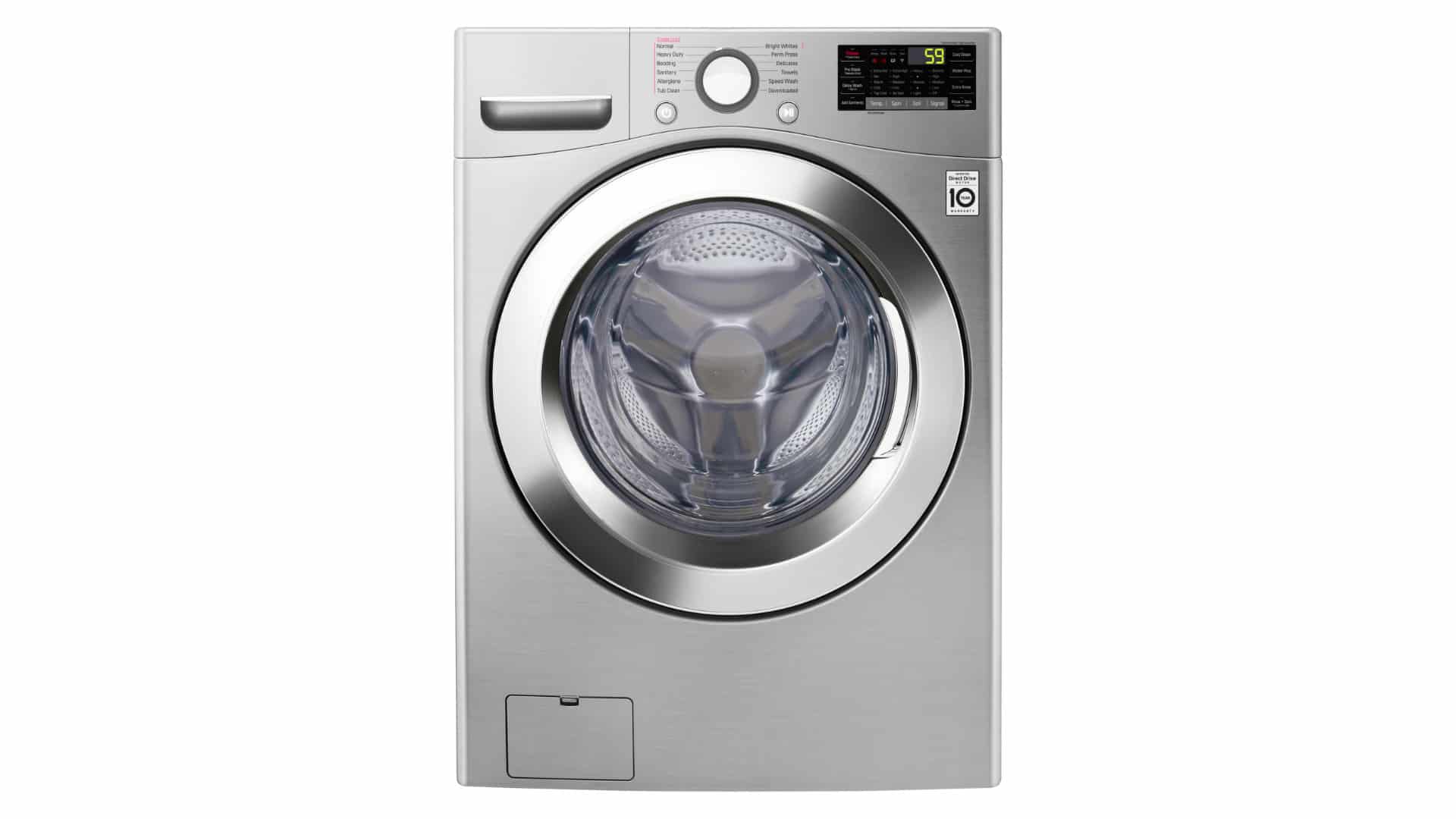
LG Washer Error Code UE Explained
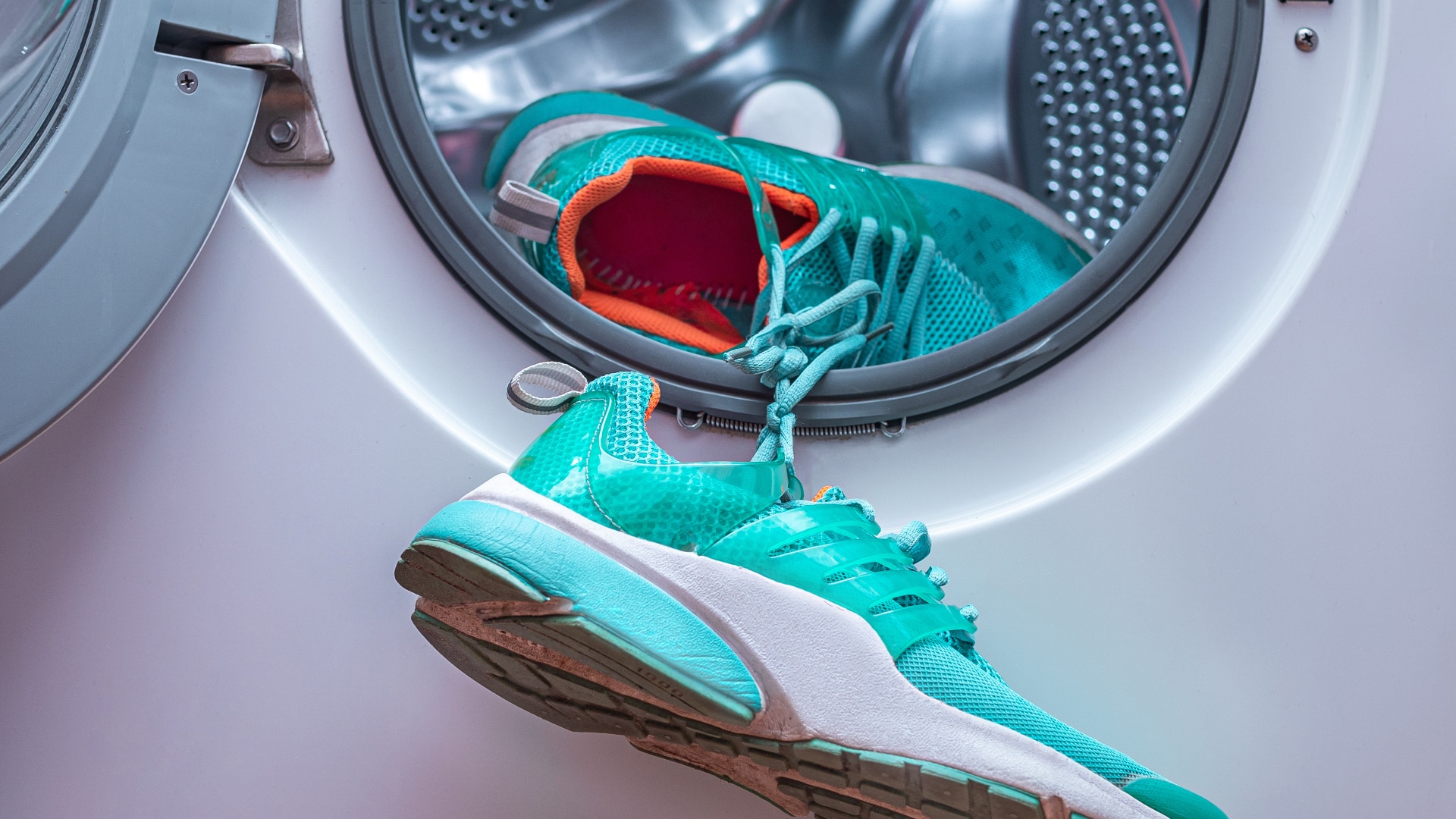
How To Wash Shoes in The Washing Machine
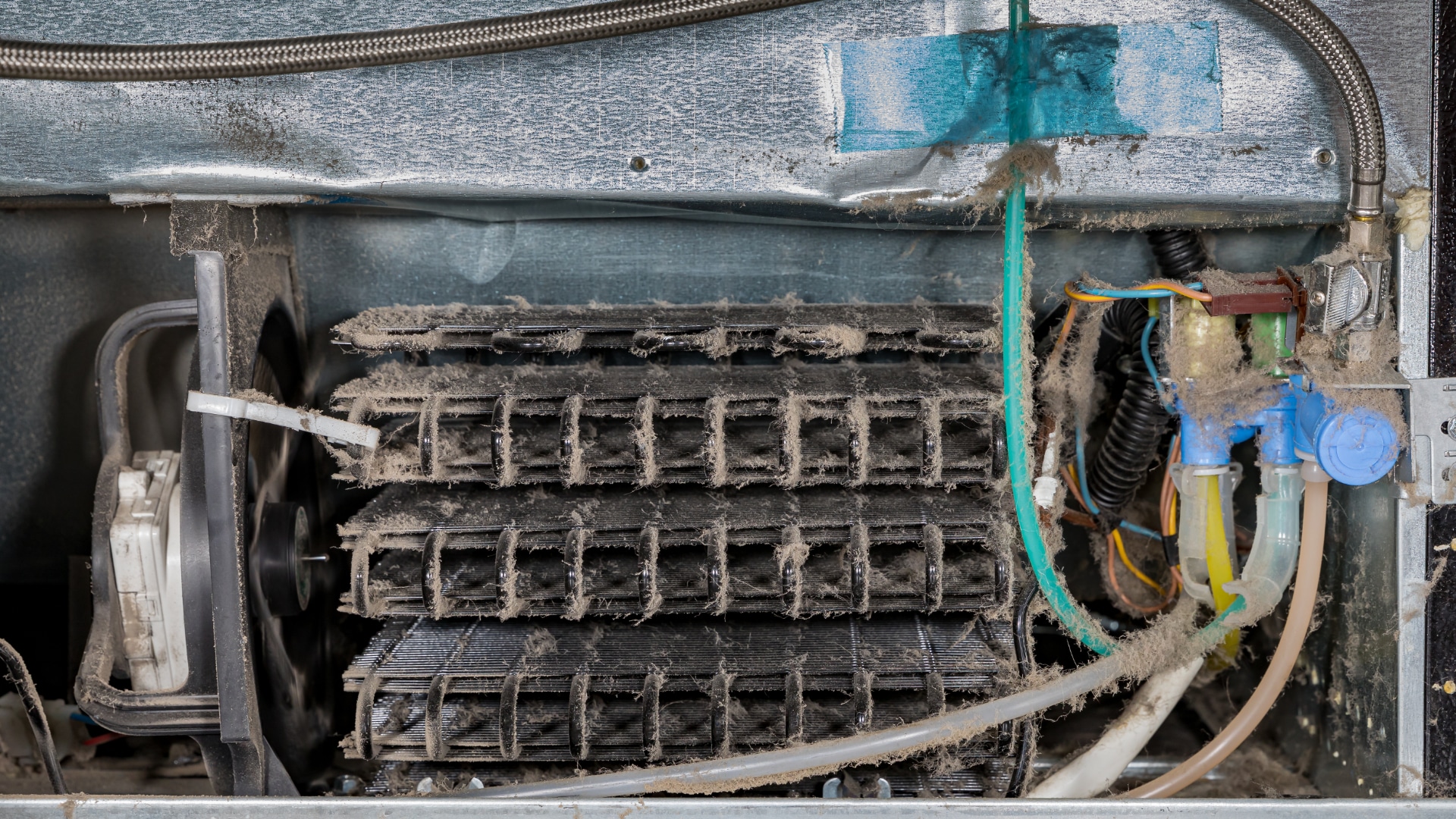
How To Clean Refrigerator Coils

LG Ice Maker Tray Not Turning? How To Fix It
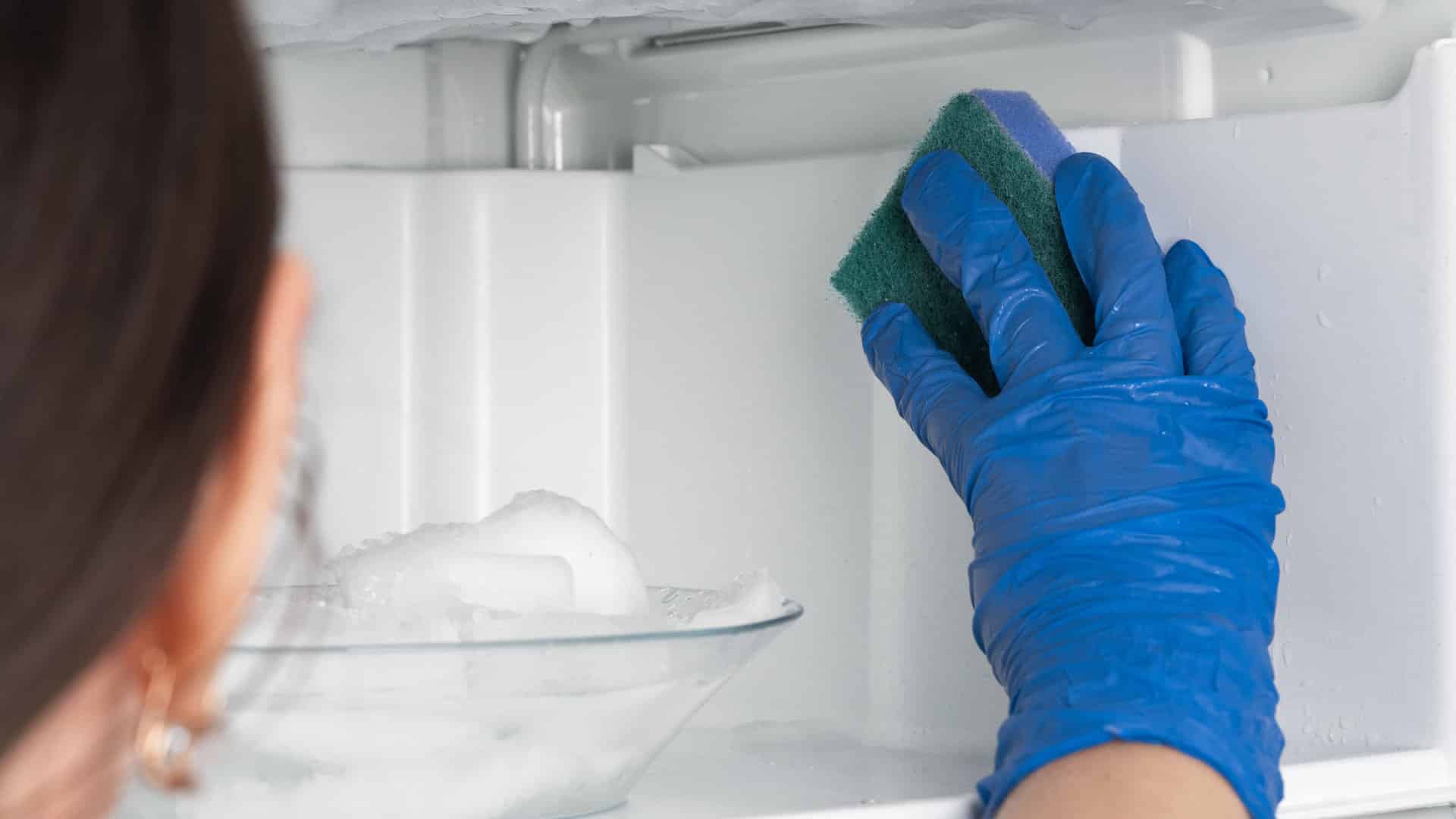
How To Clean a Freezer (in 5 Steps)
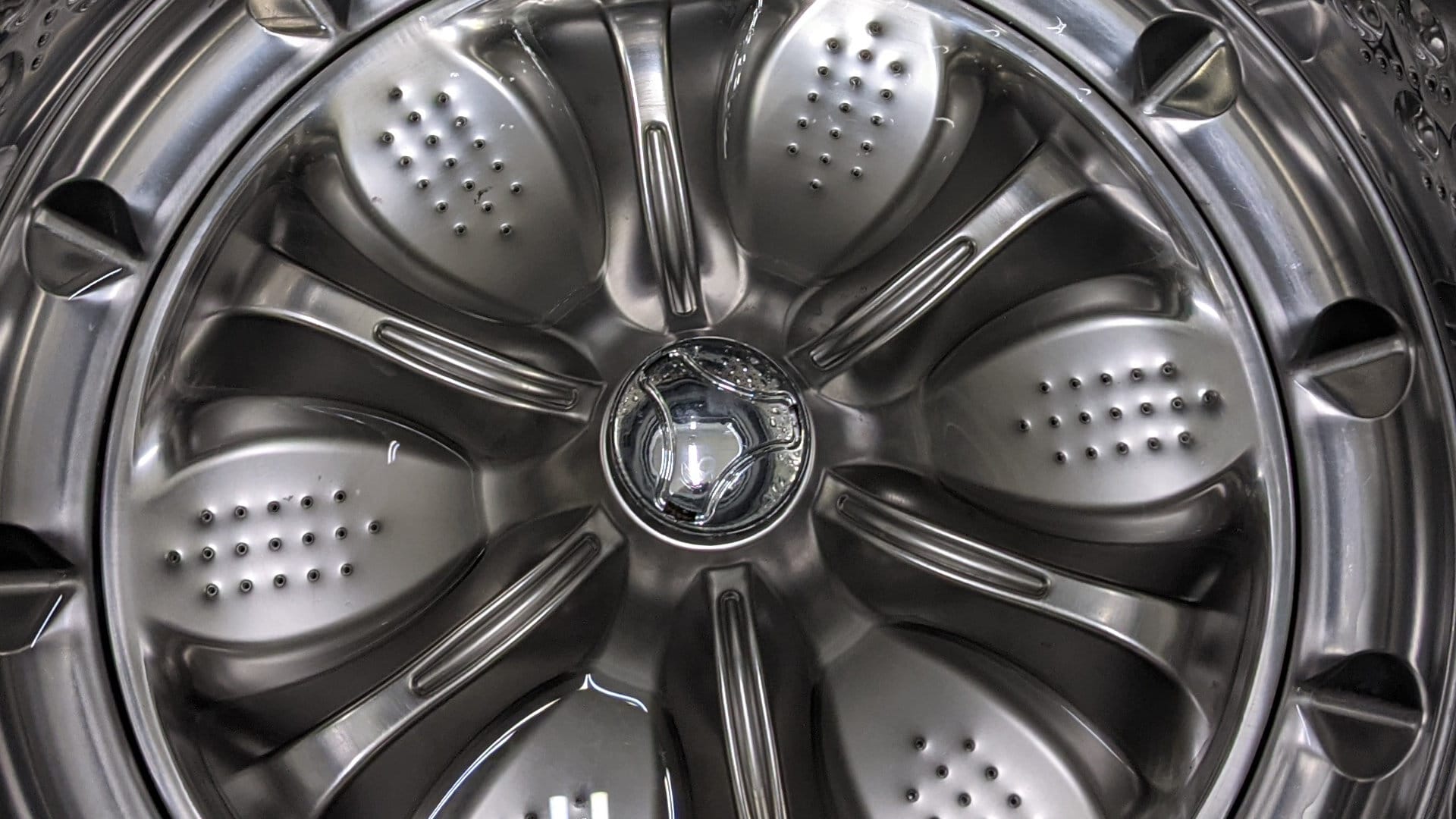
Samsung Washer Error Code SC: How To Fix It
